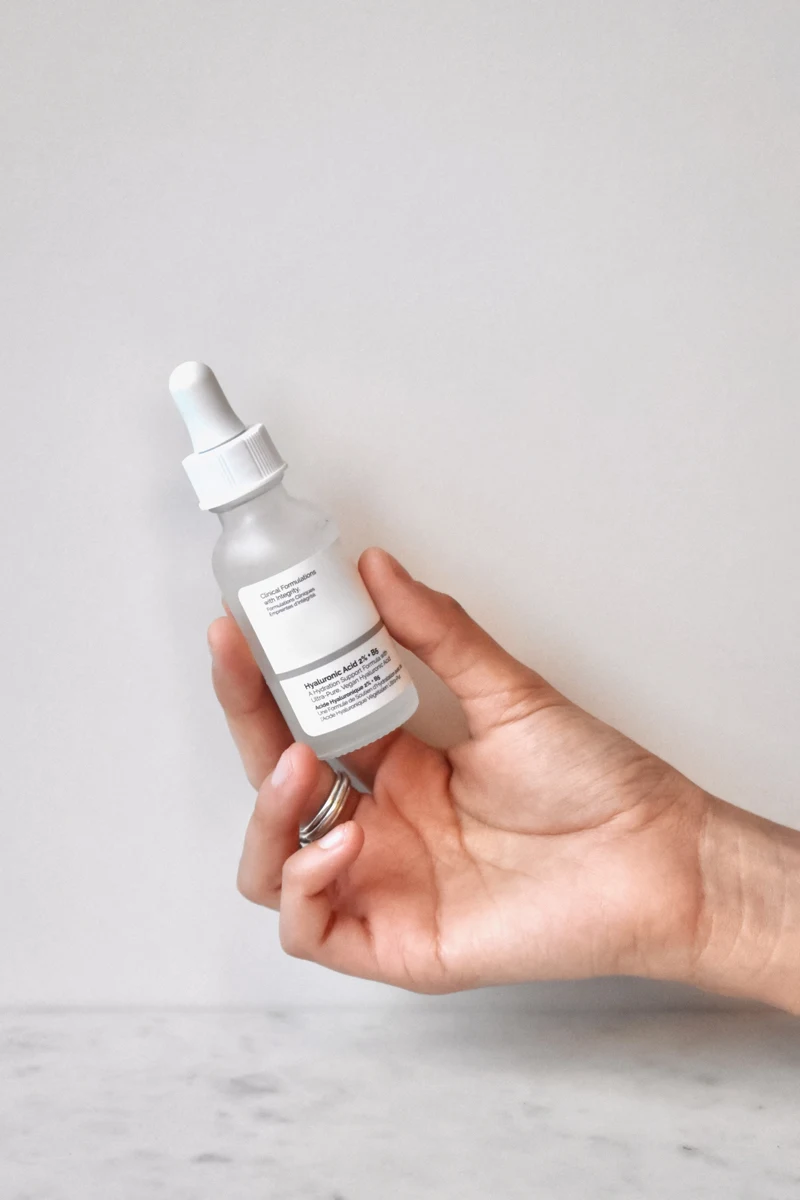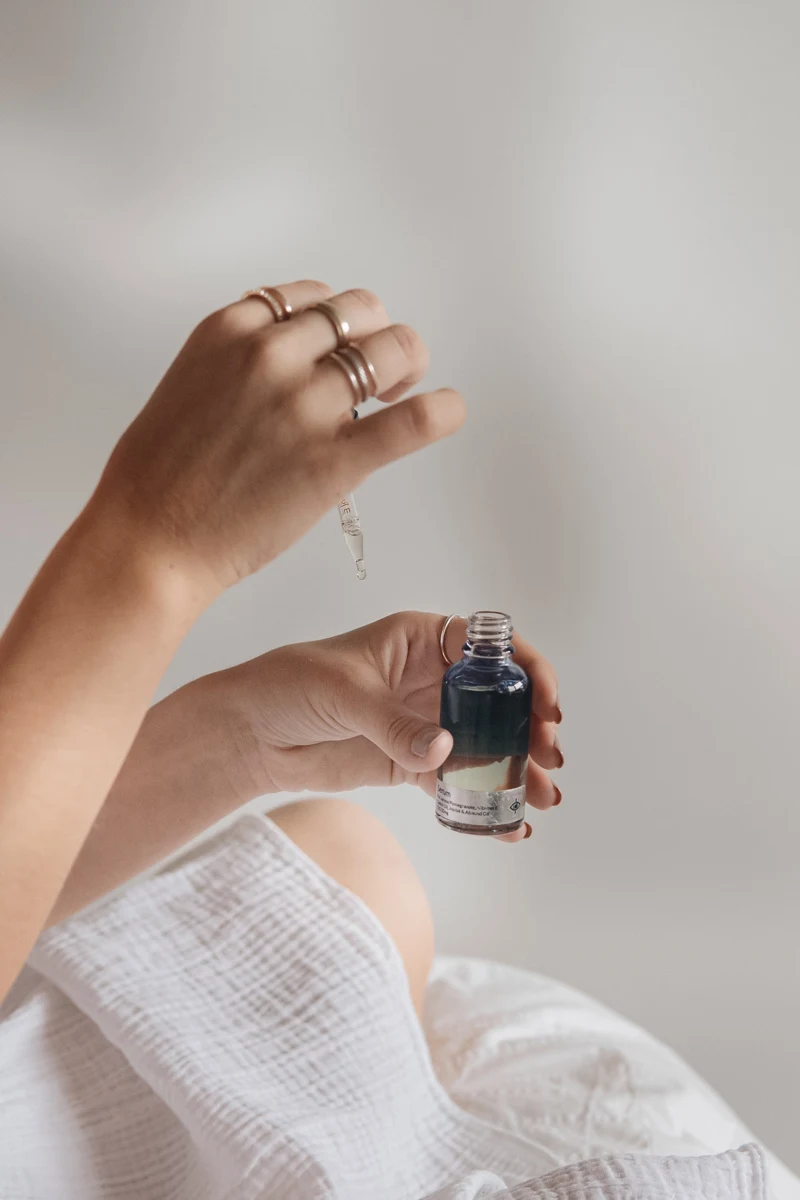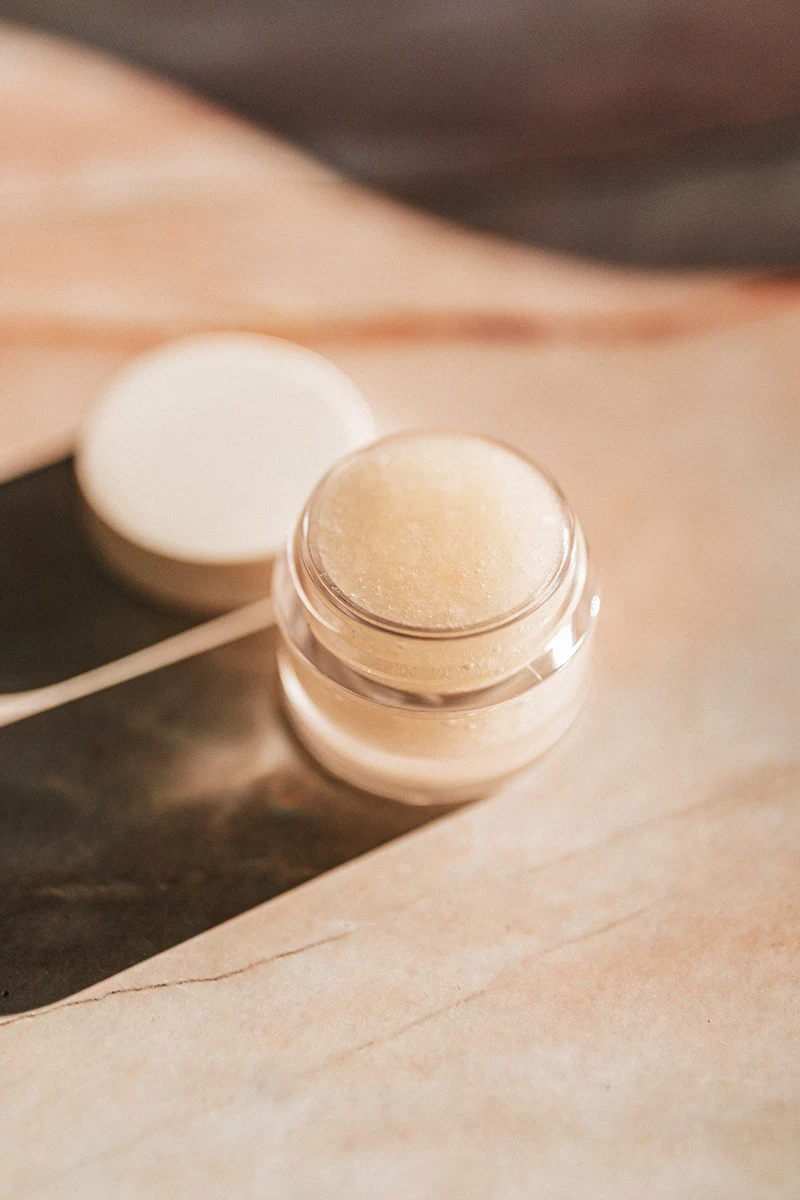When it comes to achieving healthy, glowing skin, the products and ingredients we use in our skincare routine play a crucial role. However, with so many skincare ingredients on the market, it can be overwhelming to make a final decision. From antioxidants and vitamins to exfoliating and hydrating acids – these ingredients have unique properties that can address a wide range of skin concerns.
When it comes to skincare, more doesn't always equal better! Sometimes it is best to stick to effective skincare ingredients that can address a range of skin concerns. In this post, you'll find a list of the top 5 best skincare ingredients you should add to your routine for beautiful, radiant skin. We'll dive into the science behind each active component and explain how they work to target specific skin concerns, so you can make an informed decision on what to incorporate into your routine. Let's get started!
- Hyaluronic Acid (HA)
One of the most effective skincare ingredients is hyaluronic acid. It is a clear, slippery substance naturally produced by your body. It is present in all body organs, especially connective tissues, joints, and skin. Hyaluronic acid keeps the skin supple, hydrated, and glowing, reducing wrinkles and fine lines.
With age, the levels of hyaluronic acid in our skin decrease, but applying a moisturizer or serum with hyaluronic acid restores hydration levels and improves the overall appearance of the skin. Another popular way to take HA is dietary supplements or skin fillers.
Photo: Cherrydeck
How to use it?
To use a hyaluronic acid serum, start by cleansing and toning your skin as usual. Then, use a small amount of serum on your face and neck, gently massaging this ingredient into the skin. Allow the serum to fully absorb before moving on to the next step in your skincare routine.
Hyaluronic acid serums work best when used on damp skin. Consider spritzing your face with a hydrating mist or applying the serum right after you've cleansed and toned your skin while it's still slightly damp. Additionally, it's necessary to follow up with a moisturizer to seal the hydration and maximize the benefits of the serum.
- Vitamin C
Moving onto Vitamin C – a powerful antioxidant widely used in skincare products due to its ability to protect the skin from damaging free radicals. Free radicals can damage cells and lead to signs of aging and hyperpigmentation. Vitamin C neutralizes these free radicals, reducing their damaging effects on the skin. Additionally, Vitamin C plays a crucial role in collagen synthesis, essential for maintaining the skin's elasticity and firmness.
Vitamin C pairs well with Hyaluronic acid; some serums can contain both, for example, the BL+ Serum, available among the Blue Lagoon skincare products. Vitamin C is also used in skin care serums to reduce dark spots that may typically appear on the skin. When used for 12 to 16 weeks, constant use of Vitamin C can also reduce the effect of aging and the appearance of wrinkles. The advantages of having Vitamin C in your skincare regimen include an increase in collagen production and a brighter skin tone, as well as healing properties and protection against UV rays.
Photo: Mathilde Langevin
How to use it?
Before applying the vitamin C product, clean and dry your skin. Use a small amount of the product and gently massage it into your skin. Start with a lower concentration (around 10%) if you have sensitive skin, and gradually work up to a higher concentration. Vitamin C can help protect your skin from environmental stressors like pollution and UV rays, so it's best to use it in the morning.
Since vitamin C can make your skin more sensitive to the sun, it's necessary to use sunscreen with at least SPF 30 after applying it.
- Niacinamide (Vitamin B3)
Niacinamide, also known as vitamin B3, is a water-soluble vitamin that has become increasingly popular in the skincare industry. It is a versatile ingredient that works effectively on various skin types and is used to treat hyperpigmentation, acne, fine lines, and wrinkles. This skincare ingredient also helps to improve the skin's barrier function, protecting it from a harmful environment.
Additionally, niacinamide has anti-inflammatory properties that can help reduce redness and irritation on the skin. Niacinamide is a gentle yet potent ingredient that can be easily incorporated into any skincare routine. It is well-tolerated by most people and can be used in high concentrations without causing any adverse effects. Niacinamide is also highly stable and can withstand exposure to heat and light, making it a reliable ingredient for skincare products.
Photo: Birgith Roosipuu
How to use it?
Look for a product that contains at least 5% niacinamide. This ingredient can be found in various forms, such as serums, toners, and moisturizers. Niacinamide can be used in both morning and evening routines. Apply this skin care directly after cleansing and toning but before moisturizing your face and neck. You may start to see results in as little as four weeks, but it may take up to eight weeks for significant improvements.
- Retinol (Vitamin A )
The next ingredient is a skincare gem loved and used by every skincare lover. Retinol a form of vitamin A is popular due to its anti-aging benefits. It is also effective in promoting cell turnover, which means it helps to shed dead skin cells and encourage the growth of new, healthy ones. In addition, retinol can help reduce the appearance of fine lines and wrinkles and improve dark spots and hyperpigmentation.
When using retinol in skincare, it is important to also protect your skin from sun damage. Retinol can increase the skin's sensitivity to the sun, which can result in sunburn and other types of damage. Therefore, it is recommended to use sunscreen with a high SPF during the day when using retinol at night. Remember, that retinol and retinoids usually take some time to show visible results. It is recommended to use this ingredient consistently for several weeks to see the best benefits. Overall, retinol can be a powerful addition to your skincare routine, but it is important to use it correctly and with caution to avoid any potential side effects.
Photo: Brittney Weng
How to use it?
When incorporating retinol into your skincare routine, it is important to start slowly and use it correctly to avoid any potential side effects. It is recommended to start with a low concentration and gradually increase it over time. Typically, a concentration of 0.25% to 0.5% is a good starting point for retinol beginners. Retinol is best used at night because it can increase the skin's sensitivity to the sun. Apply retinol after cleansing and toning, but before moisturizing.
Allow the retinol to fully absorb into your skin before applying any other products on top. Use sunscreen with a high SPF during the day when using retinol at night.
- Alpha Hydroxy Acids (AHAs)
And, lastly, it is important to mention Alpha Hydroxy Acids, or AHAs, which are a group of water-soluble organic acids that are commonly used in skincare products to exfoliate the skin. AHAs are derived from fruits and milk, and they work by breaking down the bonds between dead skin cells, allowing them to be easily sloughed off. As a result, the skin gets smoother, brighter, and more even. Some common types of AHAs used in skincare routines include glycolic acid, lactic acid, and citric acid.
AHAs are particularly effective for people with dry or rough skin, as they help to remove the top layer of dead skin cells that can make the skin look dull and rough. They are also helpful for reducing the appearance of fine lines, age spots, and other signs of aging. However, it is important to use AHAs with caution, as they can increase the skin's sensitivity to the sun and may cause irritation or redness.
Photo: Angélica Echeverry
How to use it?
It is important to start slowly and follow a few guidelines to ensure the best results without damaging the skin. If you are new to AHAs, it is recommended to start with a low-concentration product (around 5%) and gradually work up to higher concentrations as your skin becomes acclimated. Before applying an AHA product to your entire face, do a patch test on a small area of your skin to make sure you don't have an allergic reaction.
Follow the instructions on the product label and only use AHAs as frequently as recommended. Avoid using AHAs with other active ingredients like retinoids or vitamin C, as they can cause irritation or reduce effectiveness.
Final Thoughts
In conclusion, incorporating trending ingredients into your routine can provide numerous benefits for your skin's health and appearance. Whether you are looking to fight acne, brighten your complexion, or reduce signs of aging, there is an effective skincare ingredient to suit your needs. However, it is important to remember that not all ingredients work for everyone, and it may take some trial and error to find the right combination for your skin type. Additionally, always remember to patch-test new products and consult with a dermatologist if you have any concerns.
Lots of love,
Liz











